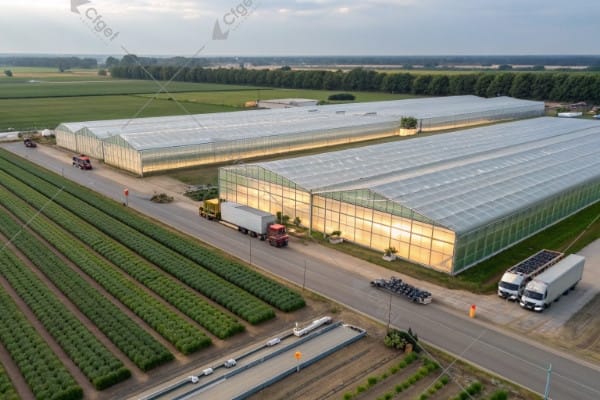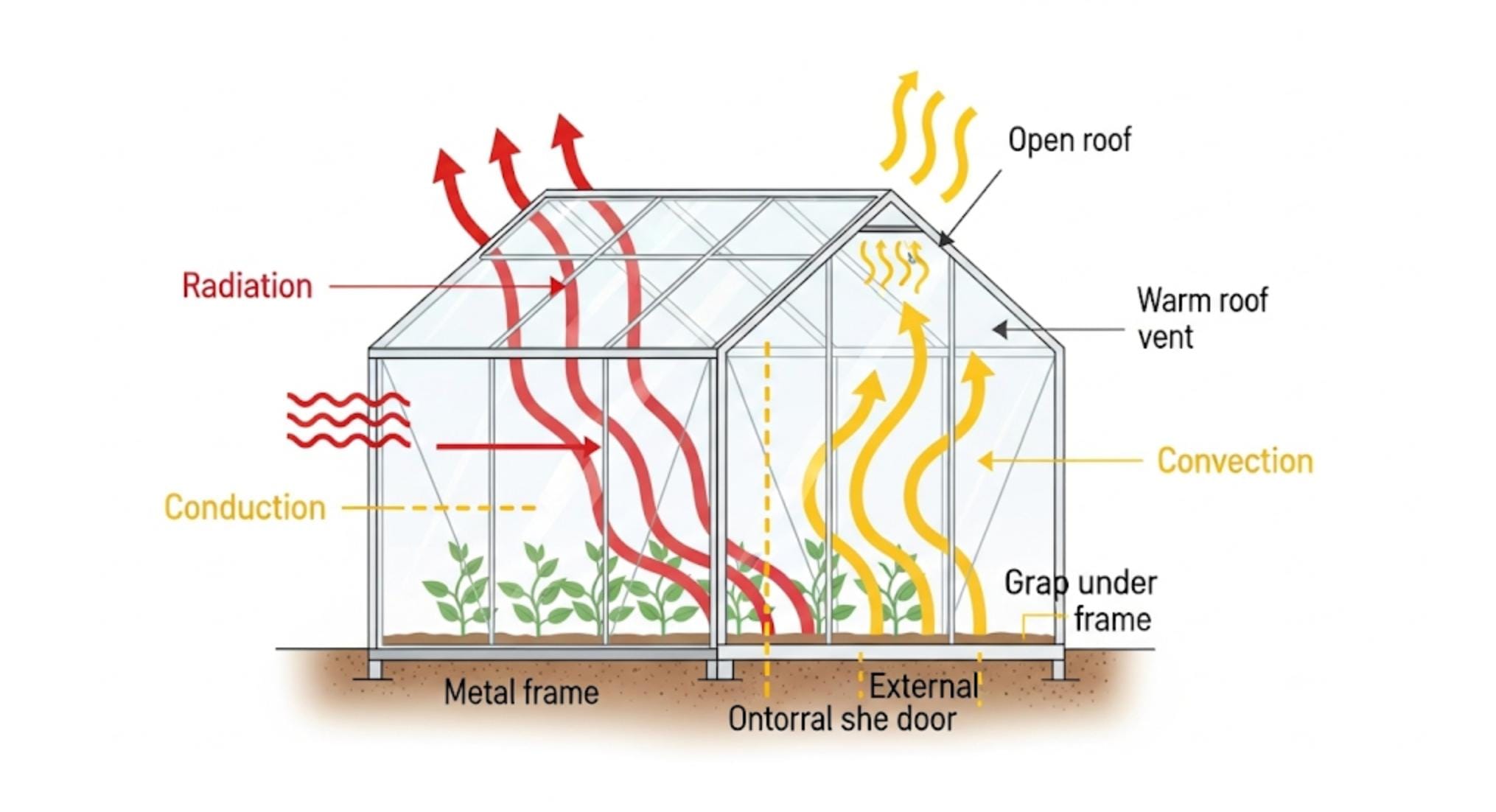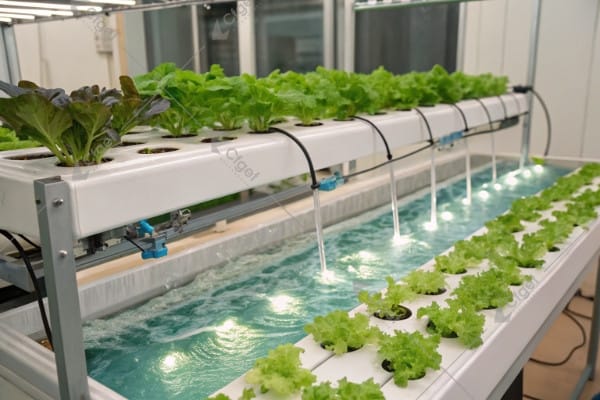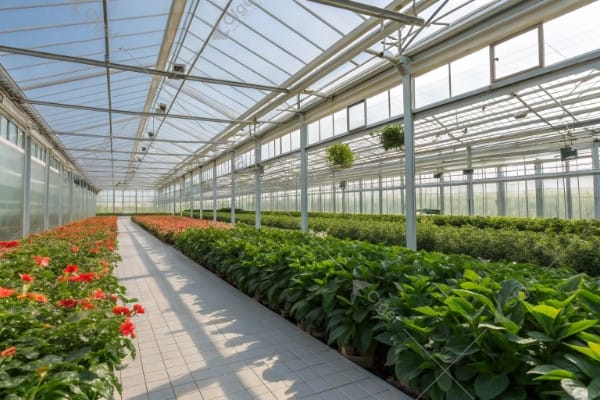After 29 years in the greenhouse industry, I’ve seen countless growers struggle with poor seedling survival rates. The difference between profitable nurseries and failing ones often comes down to one thing: the propagation environment.
Professional nursery greenhouses create the perfect microclimate for early seedling development through precise environmental controls. These specialized structures can increase survival rates by 40-60% while reducing production time by 2-3 weeks compared to traditional methods.
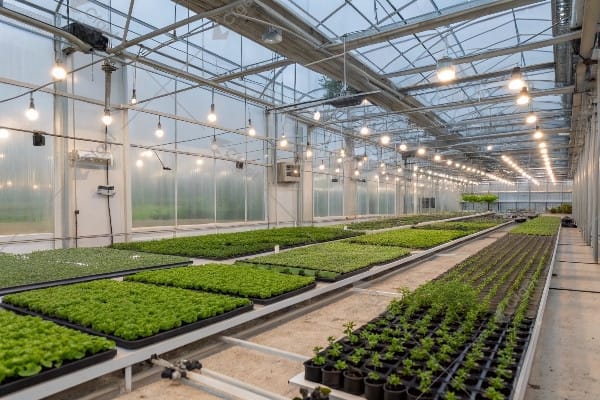
The journey from seed to strong seedling determines your entire crop’s success. I learned this lesson the hard way during my early years when we lost 30% of our tomato seedlings due to temperature fluctuations. That experience taught me why the world’s most successful nurseries invest heavily in specialized propagation facilities.
The Most Critical Stage: Mastering the Perfect Propagation Environment?
Your seedlings face their biggest survival challenge in the first 14 days. During this period, even small environmental mistakes can destroy weeks of work and thousands of dollars in potential revenue.
The propagation stage requires temperatures within 1-2°C accuracy, humidity levels between 85-95%, and consistent light exposure of 200-400 PPFD. These precise conditions ensure maximum germination rates and uniform plant development across your entire crop.
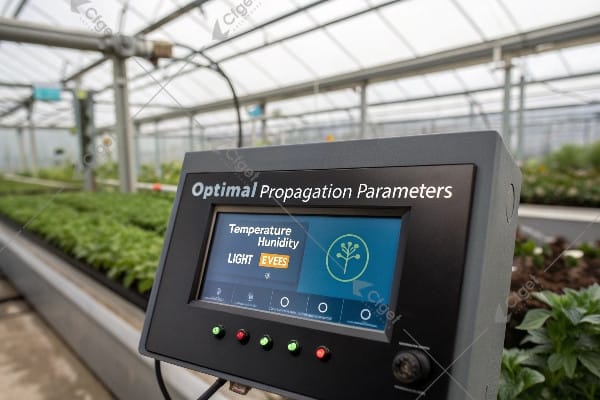
The propagation environment works like a carefully tuned engine. Each component must function perfectly to achieve the results you need. Temperature control forms the foundation of this system. Seeds and young seedlings cannot tolerate the temperature swings that mature plants handle easily.
In my experience working with nurseries across Southeast Asia, I’ve observed that facilities maintaining strict temperature control achieve germination rates above 95%. Those with poor control rarely exceed 70%. The difference translates directly to profit margins.
Humidity management presents the second critical factor. Young seedlings have underdeveloped root systems and rely heavily on leaf absorption for water uptake. Low humidity causes rapid moisture loss and seedling death. High humidity creates perfect conditions for fungal diseases that can wipe out entire propagation batches.
Light supplementation becomes essential during winter months or in regions with limited natural sunlight. Seedlings require specific light spectrums for proper development. Red light promotes root development while blue light encourages compact, sturdy growth. The combination creates strong seedlings ready for transplanting.
| Environmental Factor | Optimal Range | Impact of Poor Control |
|---|---|---|
| Temperature | 18-24°C (±1°C) | 20-40% survival loss |
| Humidity | 85-95% RH | Stunted growth or disease |
| Light Intensity | 200-400 PPFD | Weak, elongated seedlings |
| Air Circulation | 0.1-0.3 m/s | Fungal disease outbreaks |
The Propagation Tech Stack: 3 Essential Systems for Seedling Success?
Modern nursery operations require three integrated systems working together. These systems create the controlled environment that separates professional operations from amateur attempts.
The essential propagation tech stack includes climate control systems, irrigation automation, and supplemental lighting. When properly integrated, these systems reduce labor costs by 60% while improving seedling quality and uniformity.
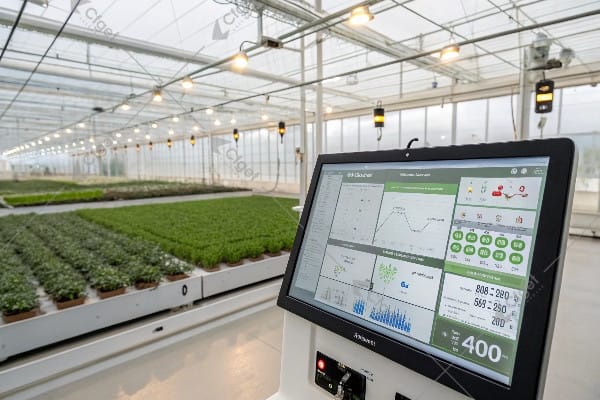
Climate control systems form the backbone of professional propagation. These systems monitor and adjust temperature, humidity, and air circulation continuously. Modern controllers can maintain temperature within 0.5°C accuracy throughout the propagation period.
The best climate control systems I’ve installed use predictive algorithms. They anticipate weather changes and adjust internal conditions before problems occur. This proactive approach prevents the stress cycles that weaken seedlings and reduce survival rates.
Irrigation automation ensures consistent moisture delivery without human error. Sprinkler systems work perfectly for propagation because they provide gentle, uniform water distribution. The fine mist created by quality sprinkler heads mimics natural rainfall while avoiding the soil disturbance that can damage delicate root systems.
Timing becomes crucial with irrigation automation. Seedlings require frequent, light watering rather than heavy, infrequent applications. Automated systems can deliver precise amounts at optimal intervals, something impossible to achieve with manual watering.
Supplemental lighting systems complete the tech stack. LED grow lights have revolutionized nursery operations by providing full spectrum lighting with minimal heat generation. This allows precise light control without affecting temperature management.
The integration of these three systems creates synergistic effects. Climate control systems communicate with irrigation controllers to adjust watering based on humidity levels. Lighting systems coordinate with climate control to manage heat load. This coordination ensures optimal growing conditions while minimizing energy consumption.
| System Component | Primary Function | Integration Benefits |
|---|---|---|
| Climate Control | Temperature/Humidity regulation | Coordinates with all systems |
| Irrigation Automation | Precise water/nutrient delivery | Responds to climate data |
| LED Grow Lights | Supplemental lighting | Heat management integration |
A Seedling Company’s Blueprint: Achieving Uniformity & High Survival Rates?
Commercial seedling production demands consistency above all else. Your customers expect uniform plants that transplant successfully and perform predictably in their operations.
Professional seedling companies achieve 95%+ survival rates and complete uniformity through standardized propagation protocols, environmental monitoring, and quality control systems. This consistency allows premium pricing and long-term customer relationships.
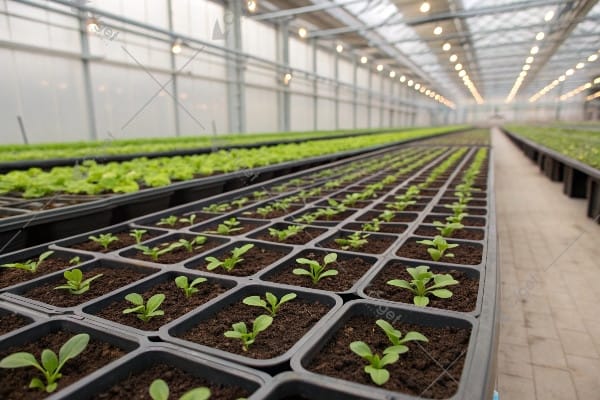
Standardized protocols eliminate variability in your production process. Every seed receives identical treatment from sowing through transplant-ready stage. This consistency requires detailed procedures covering seeding depth, watering schedules, temperature profiles, and handling methods.
I developed our standardization approach after visiting leading nurseries in the Netherlands. These operations treat seedling production like manufacturing, with detailed specifications for every step. The results speak for themselves – survival rates consistently above 95% and customers willing to pay premium prices for reliable quality.
Environmental monitoring provides the data needed to maintain standards. Modern sensors track temperature, humidity, light levels, and soil moisture continuously. This data reveals patterns and problems before they affect plant quality.
The monitoring systems I recommend store historical data for analysis. This information helps identify optimal growing conditions for specific crops and seasons. Over time, you build a database of best practices that improves results year after year.
Quality control systems ensure every seedling meets your standards before leaving the facility. Visual inspections catch obvious problems, but systematic approaches identify subtle issues that affect transplant success.
Grading systems separate seedlings into quality categories. Premium grade plants command higher prices and satisfy demanding customers. Standard grade plants serve price-sensitive markets. This approach maximizes revenue from every production cycle.
Root system evaluation provides the most reliable quality indicator. Strong, white roots with good branching predict successful transplanting. Weak or discolored roots indicate stress or disease problems that reduce survival rates.
The blueprint for success combines all these elements into a systematic approach. Each production batch follows identical procedures with continuous monitoring and quality verification. This systematic approach transforms seedling production from art to science.
| Quality Metric | Target Standard | Measurement Method |
|---|---|---|
| Germination Rate | >95% | Daily seedling counts |
| Plant Height | ±10% variation | Weekly measurements |
| Root Development | White, branched roots | Visual inspection |
| Disease Incidence | <2% affected plants | Regular health checks |
Protecting Your Investment: How a Pro Nursery Maximizes Your Entire Farm’s Profitability?
Your nursery greenhouse represents more than seedling production – it protects your entire farming operation’s profitability. Quality seedlings determine crop performance, harvest timing, and final yields across all your growing areas.
Professional nursery operations increase overall farm profitability by 25-40% through improved transplant success, reduced crop losses, and optimized planting schedules. The initial investment in quality propagation facilities pays for itself within 2-3 growing seasons.
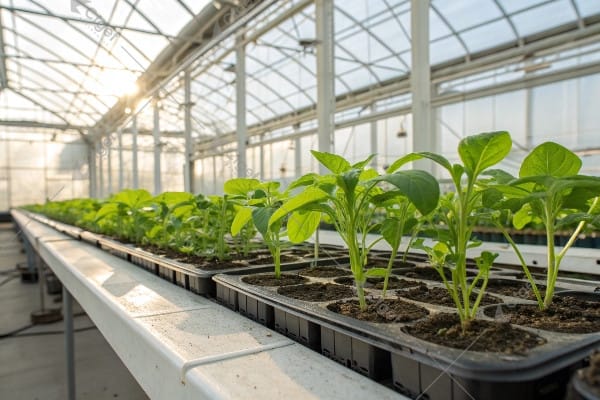
Strong seedlings establish faster after transplanting, reducing the stress period that makes plants vulnerable to diseases and pests. This faster establishment translates to earlier harvests and higher yields throughout the growing season.
In my work with large-scale growers, I’ve documented yield improvements of 15-30% when farms upgrade from basic propagation methods to professional nursery systems. These improvements continue season after season, making the return on investment extremely attractive.
Reduced crop losses provide another significant benefit. Poor quality seedlings often fail after transplanting, creating gaps in your production schedule and wasting valuable growing space. Professional propagation eliminates most of these losses.
The economic impact extends beyond direct crop value. Failed transplants require replanting, which delays harvest schedules and disrupts labor planning. Consistent, high-quality seedlings eliminate these disruptions and allow precise production planning.
Optimized planting schedules become possible when you control seedling production timing. Professional nurseries can coordinate seedling development with transplanting windows, ensuring plants reach optimal size exactly when needed.
This timing control allows multiple plantings per season and extends harvest periods. Extended harvests smooth labor requirements and provide consistent product supply to buyers. Both factors improve profitability significantly.
Risk management represents the hidden value of professional propagation facilities. Weather events, disease outbreaks, and market disruptions affect outdoor operations unpredictably. Quality seedlings provide the resilience needed to recover quickly from these challenges.
Insurance companies recognize this value through reduced premiums for operations with professional propagation facilities. The improved risk profile reflects the reality that quality seedlings create more stable, predictable farming operations.
| Profitability Factor | Improvement Range | Payback Period |
|---|---|---|
| Yield Increase | 15-30% | 2-3 seasons |
| Reduced Crop Loss | 20-50% reduction | 1-2 seasons |
| Labor Efficiency | 25-40% improvement | 2-3 seasons |
| Risk Reduction | Premium savings 10-15% | 3-5 seasons |
Conclusion
Professional nursery greenhouses transform seedling production from guesswork into predictable success, protecting your investment while maximizing farm-wide profitability through superior plant quality and optimized growing schedules.

